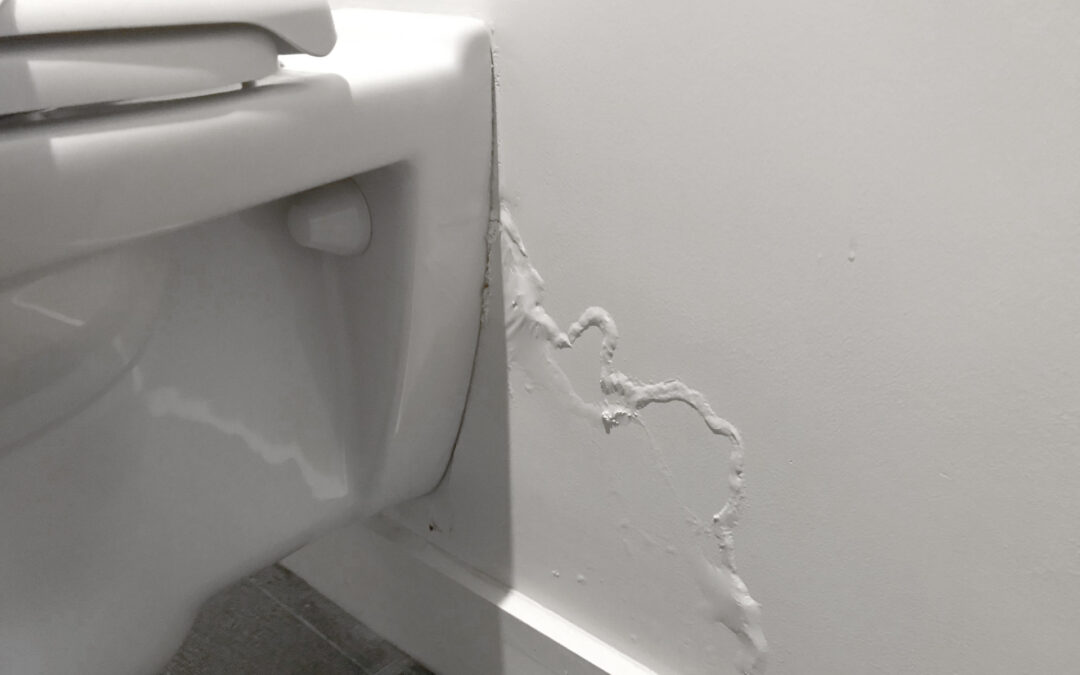At first glance, everything looked normal at RiverPointe Apartments, a 164-unit community in Columbus, Ohio. Tenants weren’t reporting plumbing issues, and the maintenance team had no outstanding leak tickets. But the water bills told a different story.
Each month, the property was spending more than $21,000 on water. For a complex of its size, that number raised questions. It wasn’t until the property installed toilet sensors from Sensor Industries that the real issue surfaced.
More than 300 toilets across the property were quietly leaking. These weren’t dramatic failures. There were no sounds of gushing water, no visible puddles, and no resident complaints. Just a steady, silent waste of hundreds of gallons per day.
“Most people don’t realize how much water a single running toilet can waste,” said Dave Duckwitz, CEO of Sensor Industries. “It can be anywhere from 200 to over 1,000 gallons a day. When you multiply that across a property, the financial impact becomes significant.”
Once the monitoring system was live, the leaks were located, addressed, and stopped. RiverPointe’s water bill dropped from $21,000 to $14,000 per month. That $7,000 monthly savings added up to over $84,000 annually and increased the property’s value by an estimated $1.3 million based on typical NOI calculations.
RiverPointe’s experience is not isolated.
At Gates on Manhattan, a 276-unit property in Harvey, Louisiana, Sensor Industries helped reduce monthly water expenses by more than $4,800. Toilet sensors identified hidden water loss that had gone unnoticed. Once repaired, the property saw costs fall from $11,754 to $6,859 per month.
Standard Communities, an affordable housing owner with properties in New York, Rhode Island, and California, implemented water monitoring technology across several sites. The result was $97,000 in annual water cost savings, along with fewer maintenance delays and greater visibility into system performance.
Independent research has confirmed the impact. A study by the Pacific Institute evaluated properties in Los Angeles using Sensor Industries technology and found an 11 percent reduction in total water use. Water and wastewater bills dropped by 12 percent, and sensors saved an average of 3,469 gallons per toilet per year. That translated to roughly $81 in savings per sensor annually.
The issue, according to Duckwitz, is that silent leaks rarely draw attention. “Residents might hear something subtle or notice a toilet that takes a while to refill, but most of the time they do not report it,” he said. “The water keeps running, and the property keeps paying for it.”
Sensor Industries’ technology delivers real-time alerts to identify exactly where leaks are happening and how severe they are. This allows maintenance teams to act immediately and prioritize the biggest savings opportunities. In many cases, the system flags leaks within hours of activation, long before they show up on a water bill.
With utility rates rising and drought pressures increasing in many regions, water is becoming one of the most expensive and unpredictable operating costs in multifamily housing. In some markets, water and sewer charges now rank as the third highest controllable expense, behind only labor and insurance.
Sensor Industries continues to expand its presence in affordable housing, senior living, hospitality, and student housing. The company was recently recognized in Google’s 2025 Water Stewardship Project for its leadership in water efficiency.
For property owners and operators, the lesson is clear. The most expensive leaks are the ones you never see. The best way to protect your NOI is to find them before the water bill does.
Ready to Get Started?
Book a demo to see how Sensor Industries can help your property uncover hidden savings, reduce utility costs, and increase operating income.

